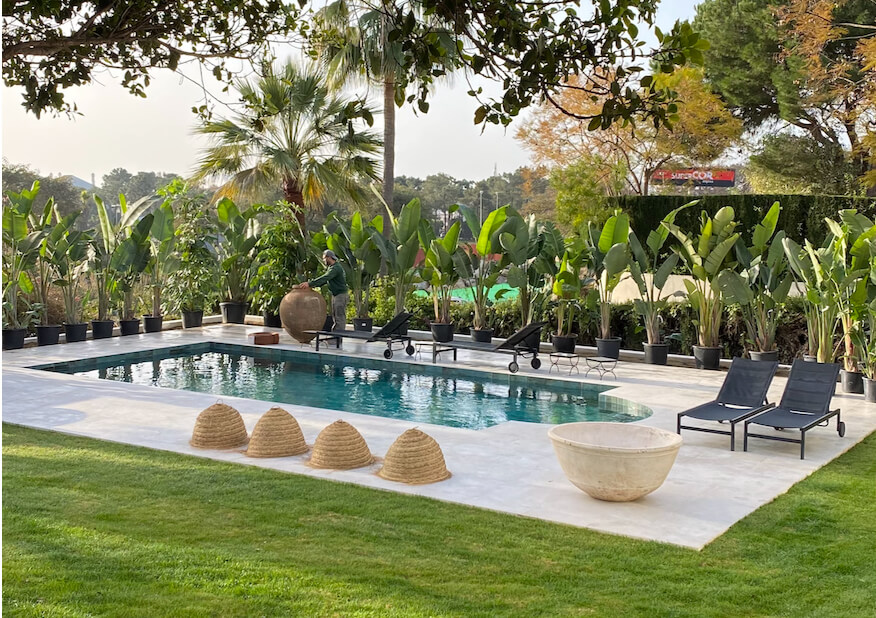
Embarking on a landscaping project in Spain promises to transform your outdoor space into a haven of natural beauty and relaxation. However, before you delve into the realm of design and planting, several key considerations should be addressed to ensure a successful and thriving garden in the unique Spanish environment.
Local Climate and Soil Conditions:
Understanding the specific climate and soil conditions of your region in Spain is paramount. Different areas experience varying temperatures, rainfall patterns, and soil types, influencing the selection of plants that will thrive in your garden.
Legal Approvals and Regulations:
Check local regulations and obtain any necessary permits before starting your landscaping project. Municipal ordinances may dictate specific guidelines regarding land use, water conservation, and environmental impact, ensuring compliance with these is crucial.
Water Conservation Practices:
Given Spain’s occasional water scarcity, incorporating water-efficient landscaping practices is essential. Consider drought-resistant plants, efficient irrigation systems, and water storage solutions to minimize water consumption.
Native and Adapted Plant Selection:
Opt for native or well-adapted plant species that are suited to the local conditions. These plants are more likely to thrive, requiring less maintenance and contributing to the overall sustainability of your garden.
Budgetary Considerations:
Establish a realistic budget for your landscaping project. This should encompass not only the initial design and installation costs but also ongoing maintenance expenses. Prioritize features that align with your budget while maximizing the aesthetic and functional appeal of your garden.
Professional Expertise:
Collaborate with experienced local landscapers or garden designers who understand the intricacies of working with the Spanish landscape. Their expertise can guide you through plant selection, design considerations, and compliance with local regulations.
Maintenance Planning:
Consider the long-term maintenance requirements of your landscaping project. Choose plants and features that align with your maintenance preferences and capabilities, ensuring the garden remains vibrant and healthy over time.
Cultural and Aesthetic Considerations:
Factor in local cultural influences and aesthetics when designing your garden. Incorporate elements that resonate with the Spanish style, whether it’s traditional Mediterranean flora or modern, minimalist design principles.
Conclusion:
Embarking on a landscaping project in Spain offers the opportunity to create a stunning outdoor space that aligns with the unique characteristics of the region. By carefully considering the local climate, adhering to regulations, implementing water-efficient practices, selecting suitable plants, managing your budget wisely, seeking professional guidance, planning for maintenance, and embracing cultural aesthetics, your Spanish garden can flourish into a captivating retreat for years to come.





